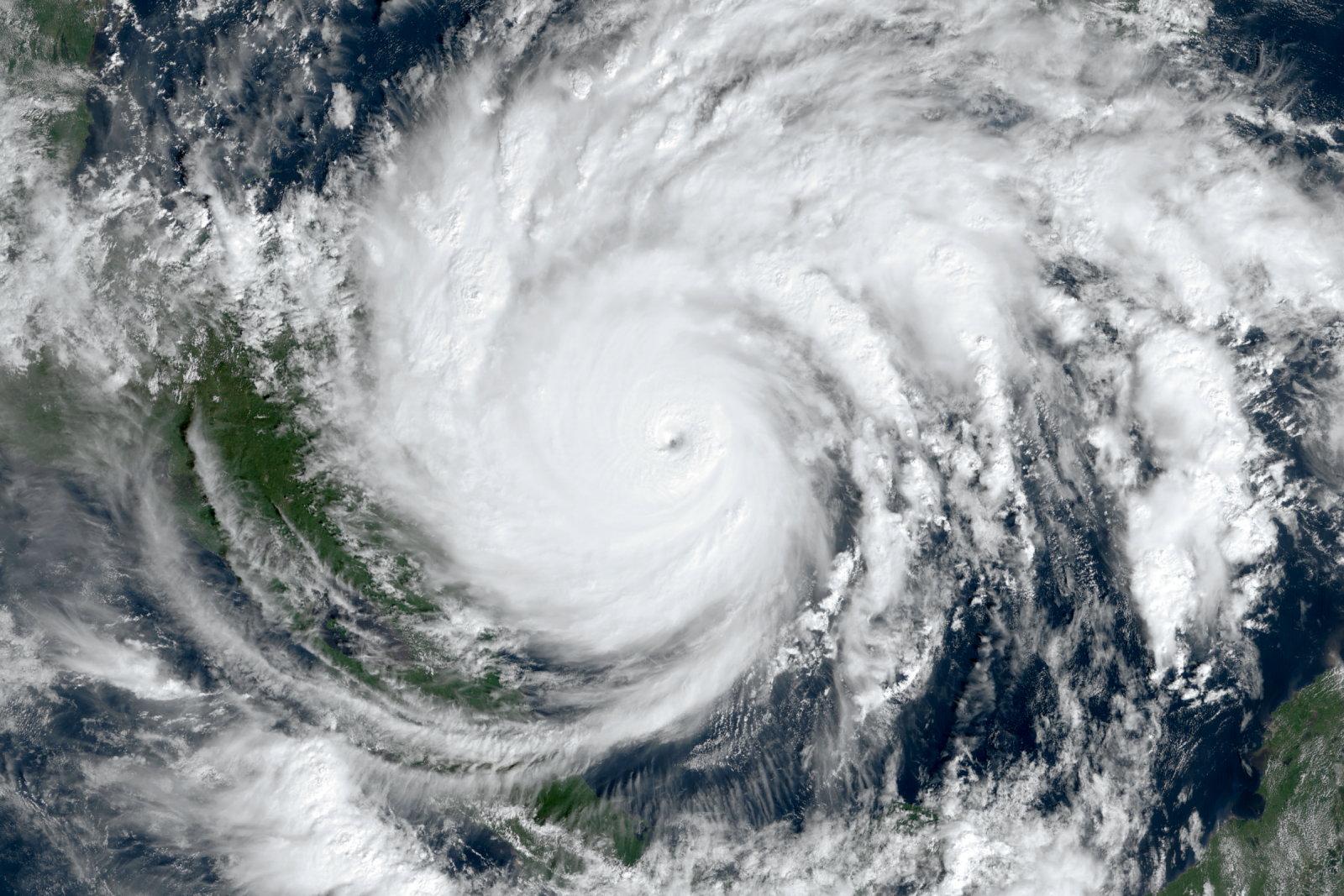Many years ago, there was a mantra used to illustrate the hurricane season, and presumably how to prepare for it and what we should expect from it, that went something like this: “June, too soon; July, stand by; August, you must; September, remember; October, all over.”
That saying is no longer accurate since the Atlantic hurricane season now runs from June 1 to November 30. Over the last three decades, some of the most devastating storms have occurred between September and October. For example, Gilbert in 1988; Ivan and Wilma in 2004; Sandy in 2012, which combined with several other weather systems and wreaked havoc as far away as the eastern seaboard of the United States; Irma and Maria in 2017; and Dorian in 2019.
Thankfully, as the region grappled with the vagaries of the COVID-19 pandemic, not many systems developed into full-blown devastating storms in 2020. However, meteorologists are saying that we should brace ourselves in 2021. And with the passage of Hurricane Elsa last Friday, they were correct. Hurricane Elsa was the first hurricane to have a direct impact on Barbados in 65 years.
The United States National Oceanographic and Atmospheric Administration (NOAA), as it released its forecast for the 2021 season, stated, “We can expect a likely range of 13 to 20 named storms (winds of 39 mph or higher), of which 6 to 10 could become hurricanes (winds of 74 mph or higher), including 3 to 5 major hurricanes (category 3, 4 or 5; with winds of 111 mph or higher.
An average season produces 14 named storms, including seven hurricanes, of which three become major Category 3 storms or above with top winds of at least 111 mph.
In the wake of these predictions, the Executive Director of the Caribbean Disaster and Emergency Management Agency (CDEMA), Elizabeth Riley, stated, “The message is really one of preparedness, and we say this every year.
The forecast is a guide that gives insight into what will possibly happen in terms of the number of systems. However, we will always make the point that it can take only one system to have a devastating impact on any of our CARICOM States.”
This year the region is still battling with the vagaries of the COVID-19 pandemic, and it also has faced the eruptions of the volcano at La Soufriere in St. Vincent, which began on April 9. Presently, things have quieted down at that site, but as of May 24th, there were 80 active public shelters housing 3 959 evacuees, while 18 350 persons were sheltering in private homes, more than 2 000 of whom were registered to feed at shelters.
Meanwhile, CDEMA is continuing its efforts to strengthen the region’s capacity to manage all aspects of disaster management by introducing some new initiatives.
For example, CDEMA has signed a Memorandum of Understanding (MOU) with the Caribbean Alliance of National Psychological Associations (CANPA), which will see a new technical team introduced to integrate mental health and psycho-social support in disaster response. There is also the Model Shut Down Project funded by the Caribbean Development Bank (CDB), which seeks to bridge the gap between National Disaster Offices (NDOs), the private sector and the general public regarding emergency response procedures.
Another new venture, entitled The Resilient Caribbean Young Professionals Development Programme, will be implemented in the 19 Participating States to expose young persons to the discipline of Disaster Management. Funded by the United States Agency for International Development (USAID), participants will benefit from gaining essential experience either virtually, face-to-face or both, documenting their work experience through pictures and video, receiving an evaluation and stipend during their work assignment.
This article appears in the 2021 edition of BT’s Disaster Preparedness. Read the full publication here.




